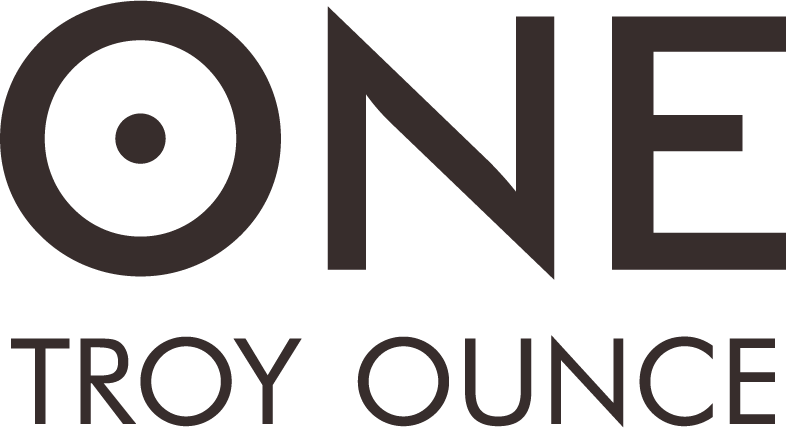Price manipulation in the precious metals markets has a long and storied history, with instances of market participants attempting to artificially control prices for personal gain. While regulatory bodies have made significant strides in preventing and detecting such activities, the allure of profits and the potential to exert influence over the markets continue to tempt some individuals and institutions. In this blog post, we will explore the history of price manipulation in the precious metals markets, examine some of the most notorious cases, and discuss the ongoing efforts to ensure market integrity.
Notable Cases of Price Manipulation in Precious Metals Markets
-
The Hunt Brothers' Silver Scheme: As previously discussed in another blog post, the Hunt brothers' attempt to corner the silver market in the late 1970s and early 1980s is one of the most infamous cases of price manipulation in the history of precious metals trading. The brothers' aggressive accumulation of silver and subsequent market collapse led to significant financial losses for themselves and many others, as well as a renewed focus on market regulation and oversight.
-
The London Gold Pool: In the 1960s, a group of eight central banks, including the US Federal Reserve and the Bank of England, formed the London Gold Pool to stabilize the price of gold and maintain the gold-backed US dollar's credibility. The central banks agreed to buy and sell gold at a fixed price, effectively manipulating the market to maintain a stable gold price. However, the London Gold Pool collapsed in 1968 due to mounting financial pressures and increasing demand for gold, leading to the end of the fixed gold price regime and the beginning of the era of freely floating gold prices.
-
The Gold Fixing Scandals: In 2014, several major banks were implicated in a series of scandals involving the manipulation of gold price benchmarks, such as the London Gold Fix. Traders at these banks were found to have colluded to manipulate the benchmark prices for their own benefit, leading to fines totaling hundreds of millions of dollars and significant damage to the banks' reputations.
-
The Silver Fixing Scandals: Similar to the gold fixing scandals, in 2014, several banks were accused of manipulating the silver price benchmark known as the London Silver Fix. The banks were accused of sharing sensitive client information and colluding to manipulate the benchmark prices, resulting in multi-million dollar fines and the eventual replacement of the century-old London Silver Fix with a more transparent electronic system.
Efforts to Prevent and Detect Price Manipulation
As the history of price manipulation in the precious metals markets demonstrates, such activities can have far-reaching consequences for market participants and the integrity of the markets themselves. In response to these concerns, regulatory bodies and industry participants have made significant efforts to prevent and detect instances of price manipulation.
-
Regulatory Oversight: Regulatory agencies, such as the Commodity Futures Trading Commission (CFTC) in the United States and the Financial Conduct Authority (FCA) in the United Kingdom, play a critical role in monitoring and enforcing rules designed to prevent market manipulation. These agencies are responsible for investigating potential instances of manipulation and imposing penalties on those found to have engaged in such activities.
-
Enhanced Market Surveillance: Advances in technology have enabled regulatory bodies and market participants to more effectively monitor trading activity and identify potential instances of manipulation. Sophisticated surveillance systems can analyze vast quantities of trading data in real-time, flagging suspicious patterns and facilitating further investigation.
-
Improved Benchmark Mechanisms: In response to the gold and silver fixing scandals, the precious metals industry has moved towards more transparent and robust benchmark-setting mechanisms. For example, the London Silver Fix was replaced with the LBMA Silver Price, which is determined through an electronic auction process designed to reduce the potential for manipulation.
-
Whistleblower Programs: Many regulatory bodies have established whistleblower programs to encourage individuals to report instances of price manipulation and other forms of market misconduct. These programs often offer financial incentives to whistleblowers whose information leads to successful enforcement actions, providing an added incentive for individuals to come forward with information about potential manipulation.
- Ongoing Education and Training: Ensuring that market participants are aware of the rules governing trading activity and the potential consequences of market manipulation is essential to maintaining market integrity. Many financial institutions now require their employees to undergo regular training and education programs focused on compliance and the prevention of market misconduct.
Conclusion
The history of price manipulation in the precious metals markets serves as a stark reminder of the potential risks and consequences associated with such activities. While significant progress has been made in preventing and detecting instances of manipulation, the ongoing efforts of regulatory bodies, industry participants, and whistleblowers are essential to maintaining the integrity of these markets.
By understanding the history of price manipulation in the precious metals markets and the steps taken to address these issues, investors can better appreciate the importance of market integrity and make more informed decisions about their investment strategies.
